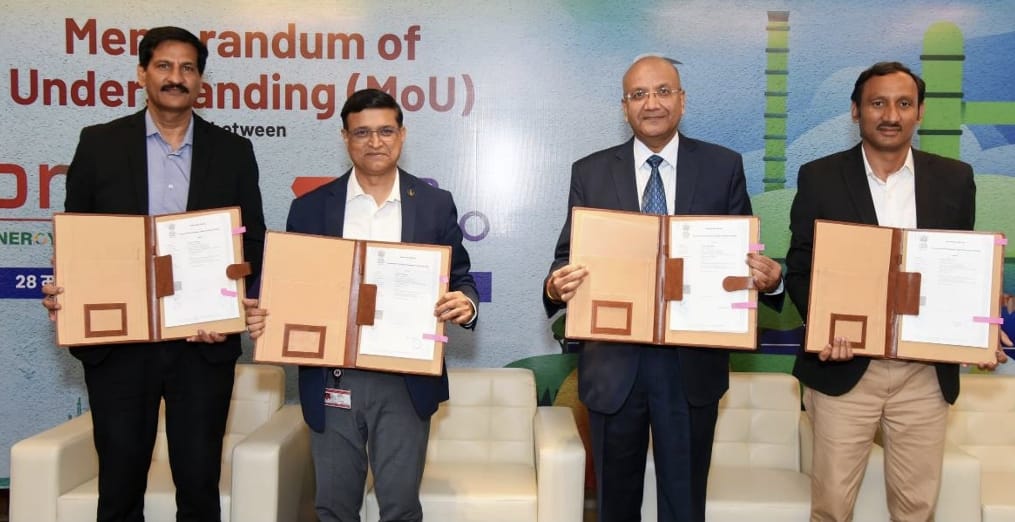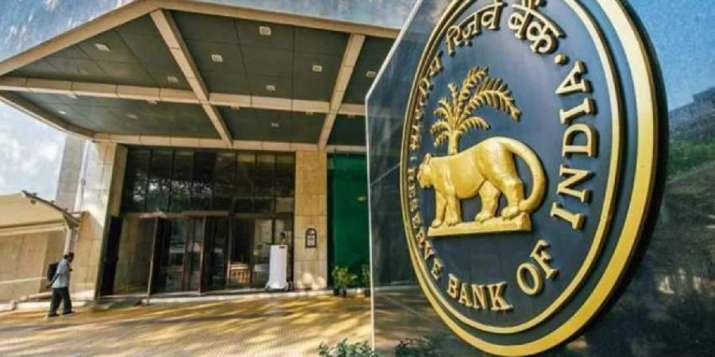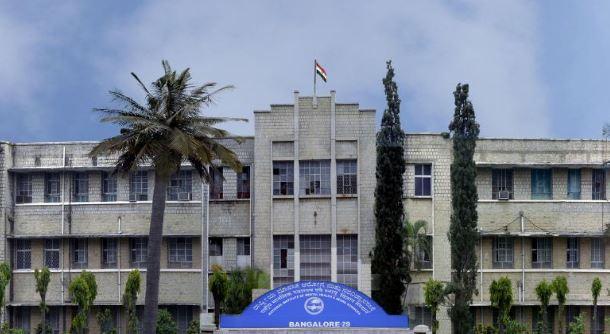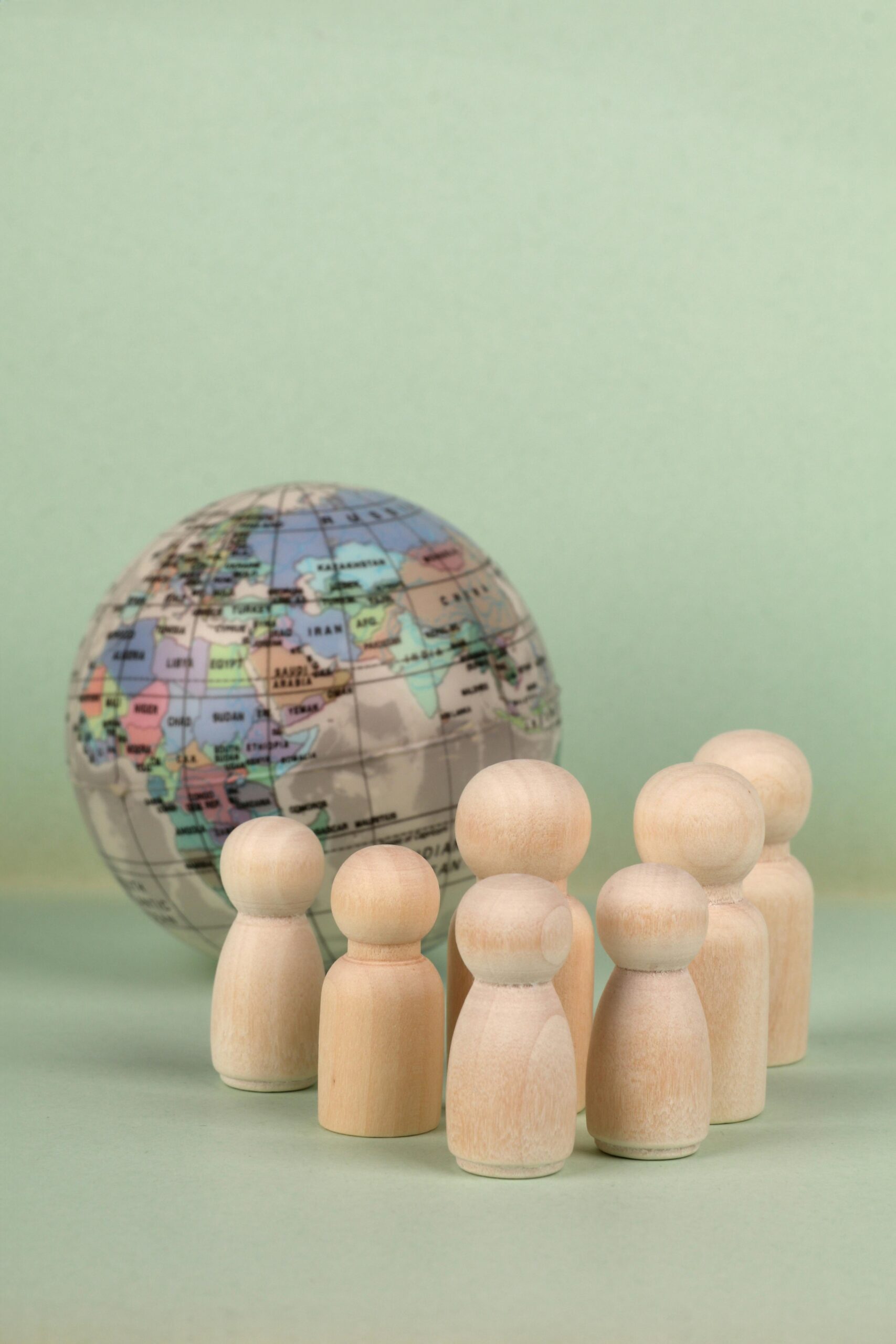The world economy is suddenly running low on everything
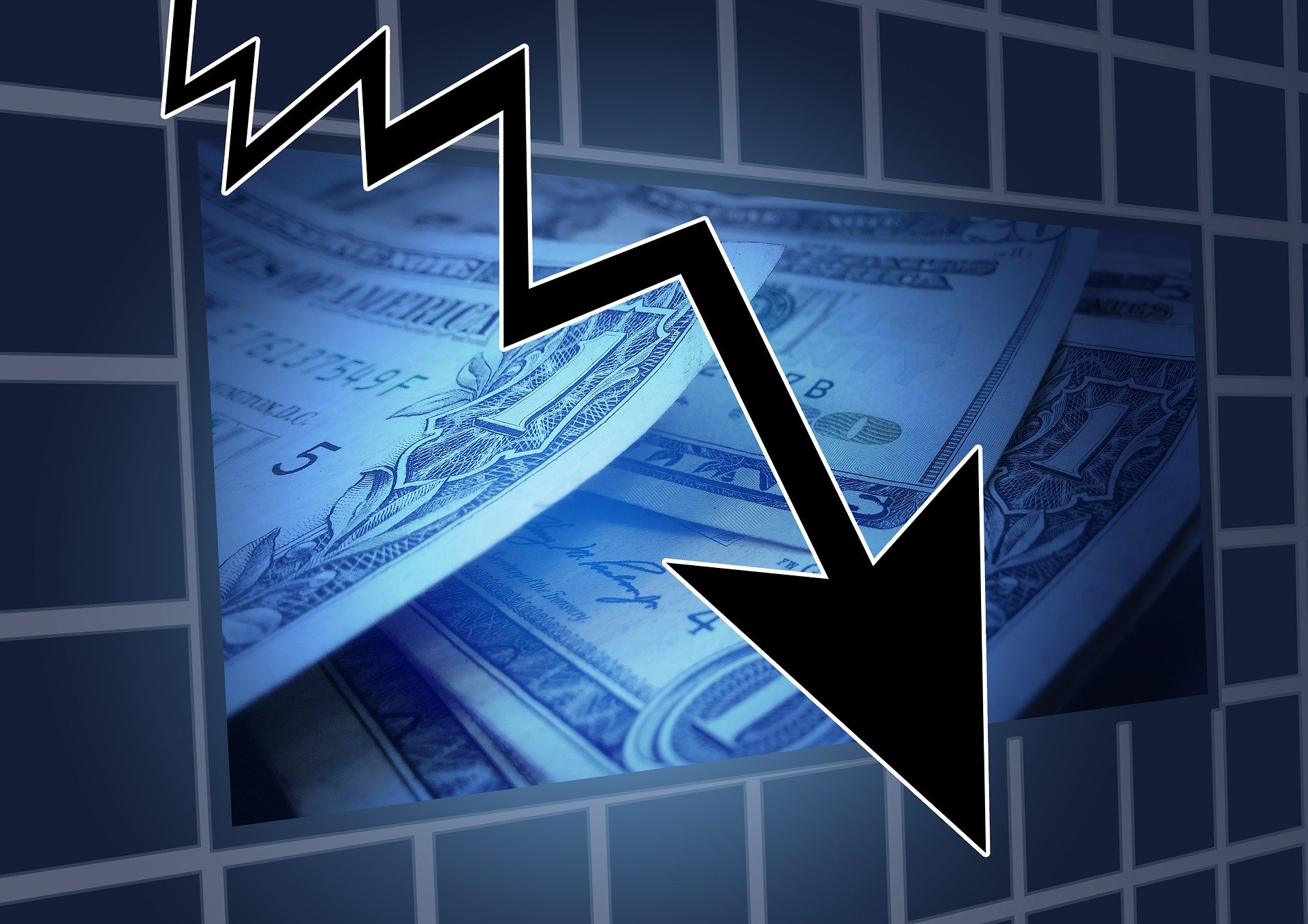
Background:-
- The world economy is suddenly running low on everything
- The Covid-19 pandemic and continuous lock down of Indian Economy since March 2020 has further slashed economic growth in India.
- India’s GDP growth has gone down from a high of 9.2% in third Quarter of the year 2016 to 5.7% in current 4thquarter of 2017. The economic growth rate is probably the slowest in last many years. However, Indian Economy as per global standard is not in recessionary stage. The UK and the European Union consider an economy in recession only when real GDP growth actually turns negative over two consecutive quarters and by this criterion, with a positive growth rate of 5.7%, Indian economy is far off from being in a recession.
- All four contributors to economic growth – domestic consumption, foreign consumption or exports, private investment and government spending – are hit by the slowdown. In the first quarter of this fiscal year, domestic consumption fell to 6.66% as against 8.41% in the same period last fiscal; exports as a share of the Gross Domestic Product was down to 19% from 20%; and fixed capital formation decreased from about 31% of the GDP to 29.8%, signalling a slowdown in the industry as well.
- A year ago, as the pandemic ravaged country after country and economies shuddered, consumers were the ones panic-buying. Today, on the rebound, it’s firms furiously trying to stock up.
- Mattress producers to car manufacturers to aluminum foil makers are buying more material than they need to survive the breakneck speed at which demand for goods is recovering and assuage that primal fear of running out.
- The frenzy is pushing supply chains to the brink of seizing up. Shortages, transportation bottlenecks and price spikes are nearing the highest levels in recent memory, raising concern that a supercharged global economy will stoke inflation.
- The difference between the big crunch of 2021 and past supply disruptions is the sheer magnitude of it, and the fact that there is as far as anyone can tell no clear end in sight.
Linkages :-
- The cause of the problem as shared by some of the experts consists of supply-side shocks. Besides, three important contributors to this problem include Covid-19 Lockdown, Demonetisation & stressed banking sector, GST Implementation and problems in Agriculture sector. The public goods are provided by government and the government needs tax revenues to supply them, and these depend upon national income. Then there is employment. A demand for labour exists only when there is a demand for goods. So growth is necessary if employment is to be assured.
- Covid-19 Pandemic
India is under constant lockdown since March 22, 2020 on account of Corona Virus pandemic. All the economic activities have come to a stand still, industries are shut and despite the announcement of Rs.20 lakh crore relief package to various sectors by the Prime Minister of India, Shri Narendra Modi, the economic sentiments have not shown any positive impact.
- Rising Pool of Unemployed Youth
There is not only a pool of unemployed persons in India to absorb but the country also needs to provide employment to youth continuously entering the labour force. The slowing of the economy is a source of concern as an economy that has been slowing for five quarters is unlikely to turn around quickly. Besides, it may not be able to revive on its own.
- No demand – No Investment: Vicious Circle operates
Since it is capital formation, or investment, that drives growth in the economy, investment is an immediate source of demand as firms that invest buy goods and services to do so. It also expands the economy’s capacity to produce.
- The two sources of investment are private and public. The Private investment source is depressed as of now due to the factors cited above and is difficult to revive unless some external force is applied for example – tax sops, incentives for investment, creating demand for certain products through public funded projects among others.
- When there is no demand, supply has to be stopped due to piling up of stocks and production units go idle, leading to cut in labour force. It further reduces the income leading to less demand and further reduction in supply and stopping of production.
- Since, investment involves committing funds for a long period under uncertainty, the stepping-up of public investment when private firms are unwilling to invest more is required. Increased public investment increases demand and quicken growth and also encourages private investors, as the market for their goods expands.
Current Scenario:-
- Exacerbating the situation is an unusually long and growing list of calamities that have rocked commodities in recent months. A freak accident in the Suez Canal backed up global shipping in March. Drought has wreaked havoc upon agricultural crops.
- A deep freeze and mass blackout wiped out energy and petrochemicals operations across the central US in February. Less than two weeks ago, hackers brought down the largest fuel pipeline in the US, driving gasoline prices above $3 a gallon for the first time since 2014. Now India’s massive Covid-19 outbreak is threatening its biggest ports.
- The current index is at its second-highest level in records dating back to 2016, and the future gauge shows little respite a year from now. The index has proven unnervingly accurate in the past, matching up with actual costs about 90 per cent of the time.
- Crude oil is also on the rise, as are the prices of industrial materials from plastics to rubber and chemicals. Some of the increases are already making their ways to the store shelf. Reynolds Consumer Products Inc. the maker of the namesake aluminum foil and Hefty trash bags, is planning another round of price increases its third in 2021 alone.
- Food costs are climbing, too. The world’s most consumed edible oil, processed from the fruit of oil palm trees, has jumped by more than 135 per cent in the past year to a record. Soybeans topped $16 a bushel for the first time since 2012. Corn futures hit an eight-year high while wheat futures rose to the highest since 2013.
- Recently, IMF projected the Indian economy to contract by 4.5 per cent in 2020, slowest since 1961.
- The IMF estimates that the global economy shrunk by 4.4% in 2020. The organisation described the decline as the worst since the Great Depression of the 1930s.
- The only major economy to grow in 2020 was China. It registered a growth of 2.3%.
- The IMF is, however, predicting global growth of 5.2% in 2021.
- That will be driven primarily by countries such as India and China, forecast to grow by 8.8% and 8.2% respectively.
- Recovery in big, services-reliant, economies that have been hit hard by the outbreak, such as the UK or Italy, is expected to be slow.
Impact:-
- India is the fifth largest economy in the world and contributes significantly to world economic growth. With relatively high growth rates and its large size, it has a significant impact on the world economy.
- On GDP :
The gross domestic product (GDP) of a country is one of the main indicators used to measure the performance of a country’s economy. When GDP growth is very low or the economy goes into a recession, the opposite applies to workers that may be retrenched and/or paid lower wages, and firms are reluctant to invest.
The effects of slower economic growth could have impact on : Slower increase in living standards inequality may become more noticeable to those on lower incomes. Less tax revenue than expected to spend on public services.
- On Unemployment
Unemployment adversely affects the disposable income of families, purchasing power, diminishes employee morale, and reduces an economy’s output.
A very low rate of unemployment can have negative consequences, such as inflation and reduced productivity.
As the effects of the Covid-19 pandemic continue to be felt across the globe, the countries choose to manage their growing numbers of unemployed will affect the well-being and financial stability of millions and impact the resilience of their economies in the years ahead.
On Investment
Countries receiving foreign direct investment often experience higher economic growth by opening it up to new markets, as seen in many emerging economies.Most foreign direct investment is designed to create new businesses in the host country, which usually translates to job creation and higher wages, this has a greater effect on overall economic growth of the country. Foreign direct investment often introduces world-class technologies and technical expertise to developing countries.
- The Indian government may have been ineffective in the current crisis, but failing to recognise how it will affect the world would amount to an equivalent level of complacency. If the leading powers fail to do everything they can to help out, India’s crisis will become a world crisis in short order, not only for health but also for the economy.
- Government needs to spend more now to overcome the situation. Although the government has already spent much of its budgeted expenditure, it needs to spend more to spur investment and demand in the economy. An immediate boost without worrying much for consequences is needed by way of spending.
Content contributed by- Vaishnavi Dahivalikar

